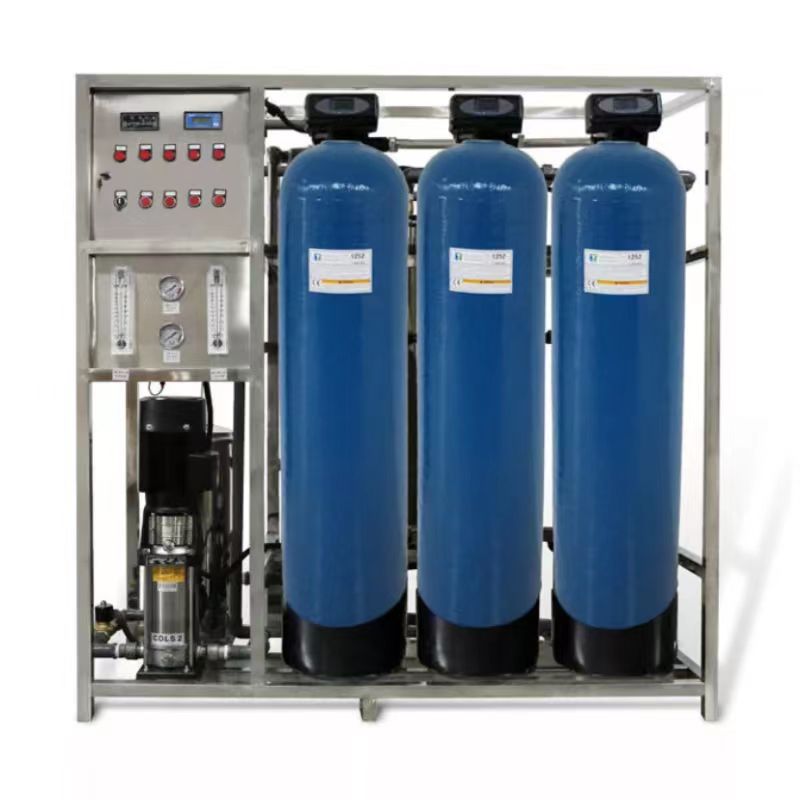Unveiling the Differences: RO System VS Activated Carbon Filtration in Water Purification
2023-11-18
Introduction:
In the quest for clean and pure water, various filtration methods vie for attention, each with its unique set of characteristics. Two prominent players in this arena are Reverse Osmosis (RO) systems and Activated Carbon Filtration. In this blog, we'll unravel the distinctions between these water purification methods, shedding light on how they operate and the unique advantages they bring to the table.
1. Filtration Mechanism:
- RO System: Operates on the principle of reverse osmosis, utilizing a semi-permeable membrane to selectively filter out contaminants. The membrane allows water molecules to pass through while blocking impurities based on size.
- Activated Carbon Filtration: Relies on activated carbon, a highly porous material, to adsorb impurities. The activated carbon attracts and captures contaminants like a sponge, removing them from the water.
2. Contaminant Removal:
- RO System: Effectively removes a broad spectrum of contaminants, including dissolved solids, bacteria, viruses, and heavy metals. The semi-permeable membrane acts as a comprehensive barrier against various impurities.
- Activated Carbon Filtration: Primarily excels in removing organic compounds, chlorine, and certain chemicals. It is less effective at addressing dissolved minerals and microorganisms compared to RO systems.
3. Particle Size:
- RO System: Filters contaminants based on their molecular size, with the semi-permeable membrane having microscopic pores. This allows for the removal of even the smallest particles, contributing to a high level of purification.
- Activated Carbon Filtration: Filters based on adsorption capacity, and while it can capture a range of contaminants, it may have limitations with very fine particles due to the size of its pores.
4. Water Mineral Content:
- RO System: Removes a significant portion of minerals from water, which can affect taste and contribute to scaling issues. Some RO systems include additional stages to re-mineralize water for improved taste.
- Activated Carbon Filtration: Does not significantly impact the mineral content of water. It is generally considered less aggressive in altering the natural mineral composition.
5. Taste and Odor Improvement:
- RO System: Effectively enhances the taste and odor of water by removing impurities that can affect its sensory qualities.
- Activated Carbon Filtration: Not only removes contaminants but also contributes to improved taste and odor by adsorbing compounds that may alter the water's flavor.
6. Waste Water Generation:
- RO System: Generates some wastewater during the filtration process, as not all water passing through the system becomes purified.
- Activated Carbon Filtration: Typically generates less wastewater compared to RO systems, making it a potentially more water-efficient option.
Conclusion:
While both RO systems and Activated Carbon Filtration aim to deliver cleaner, better-tasting water, their methods and strengths differ significantly. The choice between the two depends on specific water quality concerns, preferences, and the desired level of purification. As consumers increasingly prioritize water quality, understanding these distinctions empowers them to make informed decisions about the most suitable filtration method for their needs.


